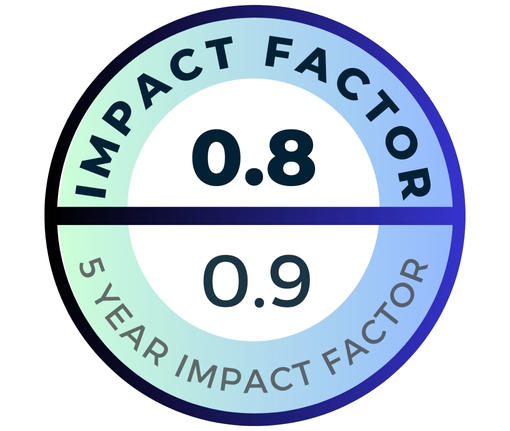Objectives: Disorder of blood coagulation and hypercoagulability may increase the risk of trombosıs. The relationship between cancer and coagulopathy was suggested by Trousseau nearly 150 years ago. Activation of the coagulation system has a greater effect on metastatic foci than on the primary tumor. The aim of this study was to evaluate the hypercoagulable state treated and untreated lung cancer and the healthy cases.
Methods: We collected blood samples to investigate plasma fibrinogen, prothrombin time, bleeding time and platelet count. The results was compared in–patient 20 cases with lung cancer and 20 healthy groups. The results were statistically evaluated via one way variance analysis.
Results: Male to female of cases with lung cancer ratio was 19/1(95/5%). The mean age was 57.5 years ranging 37-78. Diagnosis of all cases was confirmed by bacteriologic and/or histopathological examination. Cancer types were 10 (50%) squamous cell cancer 7(35%), small cell lung cancer and 3(15%) adenocarcinomas. Diagnosis workup were broncoscopic biopsy in 18 cases and pleural biopsy with pleural cytology in others. No selection was made clinical staging and form of treatment. The results of blood samples were evaluated statistically. We compared lung cancer groups and the healthy groups. The fibrinogen concentration, prothrombin time, platelet count found statistically significant (p≤0.01). The bleeding time was not differed. Treated and untreated lung cancer cases were compared. The plasma fibrinogen concentration level was lower treated lung cancer group according to untreated cases. The difference was significant (p≤0.05). Any difference was not detected in others groups.
Conclusion: The fibrinogen concentration level was significantly increased, prothrombin time was longer and platelet count was lower in the group with lung cancer case according to the healthy groups. The plasma fibrinogen was decreased in the treated cases according to the un-treated cases. The difference was significant. This was ultimately lead to thrombosis causing hypercoagulability. Hypercoagulable state was thought to be prevent by treatment.


.jpg)

.png)